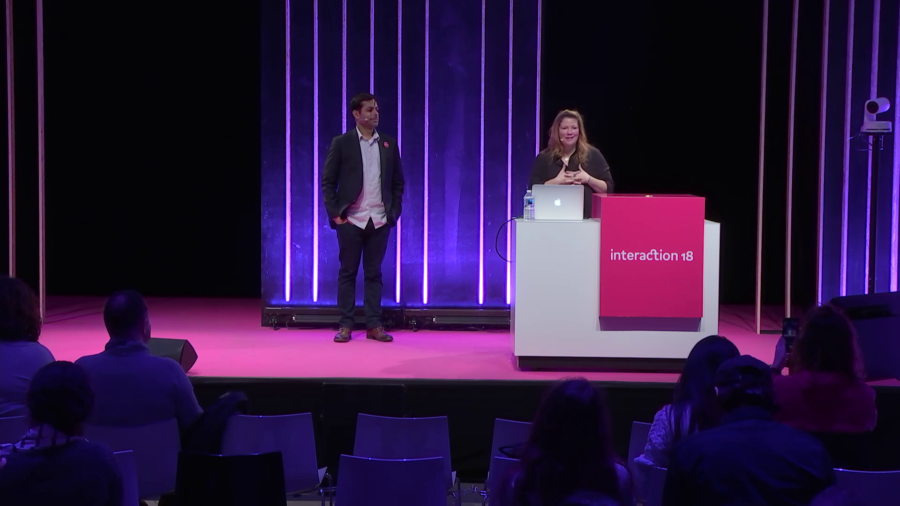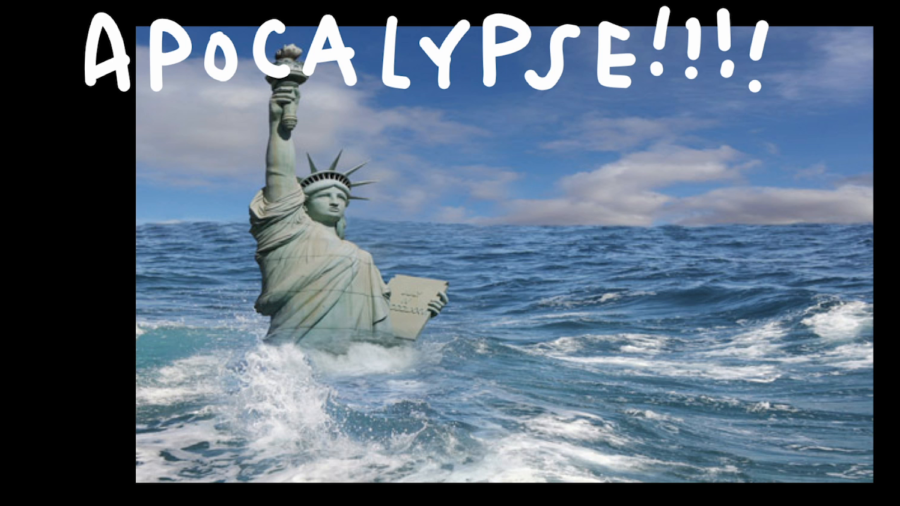We really seem to indulge in dystopian thinking. And we love it. And I really wonder why that happens. I don’t know how you feel about this, but it really stresses me out. And it kind of bothers me that it’s still a lot of times easier to imagine the end of the world than how we could live on a sustainable planet.
Archive

I came with the intention of speaking about my experience at RISD and wishing President Somerson a good tenure here, but all I could write on my sketchbook page was “blank page.” I wrote “tabula rasa.” I wrote “a clean slate.” And I wrote those words several times, and I realized as I was writing them that that’s how I arrived at RISD.

We as designers have an ability to provide perspective, to bring focus, and to share the tools that we use on a daily basis to align a group of disparate voices for a cause that is greater than our own.

When I look at the signs today, I see a very strong trend back to what I call tribalism, back to nation-states, nationalism, religiosity, all those divisive forces that many intellectuals in the 1940s, ’50s, thought were going to disappear gradually. That did not happen.
In 1962, the Food and Drug Administration approved the birth control pill. I would submit that that’s one of the four or five most transformative technological changes of the last millennium. Not just the last century. Because for the first time in the history of the world, half the people on Earth no longer have to depend on the other half for the arc of their lives.
We feel that this is a good point to sort of take stock, do sort of a quick précis, if you will, of where we’ve gotten so far. Because I think we’ve got some really interesting places we weren’t necessarily expecting to get. And we’re seeing some interesting poles between different large groups of thinkers that we weren’t necessarily expecting.

